Essential Guide to Selecting Water Purifiers: 7 Key Questions You Must Understand!
With drinking water safety increasingly under scrutiny, a high-quality water purifier has become an essential item for modern households. Yet, faced with an ever-growing array of brands and bewildering features on the market, how does one make the right choice? This article will delve into seven core dimensions to help you pinpoint the water purification system best suited to your household's needs.
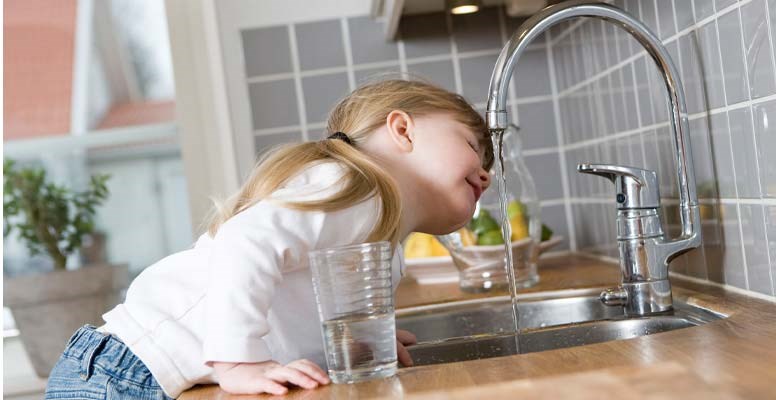
1. What is your water quality like?
Water quality varies significantly across different regions in China:
- Some northern areas have hard water, leading to stubborn limescale after boiling.
- Industrial zones may harbour risks of heavy metal contamination.
- Tap water in certain cities often carries a pronounced residual chlorine odour.
Accurately assessing your household water quality is the first step towards scientifically selecting a water purifier.
Recommended testing methods:
Professional channels: Contact your local water authority for an official water quality report, focusing on key indicators such as TDS (Total Dissolved Solids), hardness, residual chlorine, and heavy metals.
Convenient self-testing: Use simple tools like TDS pens. If readings exceed 200mg/L, reverse osmosis (RO) models are recommended; values between 50-200mg/L may be adequately addressed by ultrafiltration systems for basic purification.
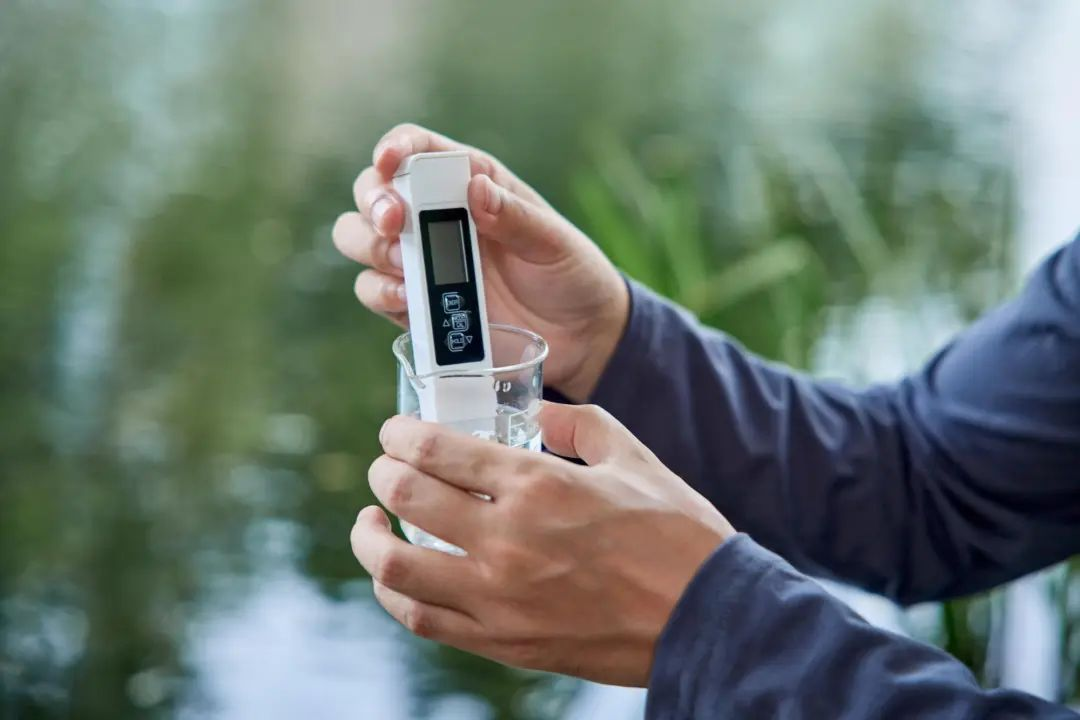
2. Which filtration technology suits you best?
Reverse Osmosis (RO) Technology
With 0.0001-micron precision, RO membranes establish a robust defence against bacteria, viruses, heavy metals and other contaminants. The purified water meets direct drinking standards, earning it the title of ‘safety guardian’ for deep purification. Note that this technology requires electricity to operate and involves a certain wastewater ratio (typically 1:1 to 3:1). It is particularly suitable for areas with poor water quality and households with infants, pregnant women, or the elderly.
Ultrafiltration Technology
Ultrafiltration membranes, with a filtration precision of 0.01 microns, retain mineral components while capturing suspended solids and bacteria, restoring the natural taste of water. However, their capacity to filter heavy metals and viruses is limited, so boiling is recommended before consumption. Its electricity-free operation and zero wastewater discharge make it a cost-effective choice for mountainous regions and areas with stable water quality.
Activated Carbon Adsorption
Acting as the “flavour enhancer” within water purification systems, activated carbon specialises in removing residual chlorine, odours, and colourants. Often deployed as a pre-filter or auxiliary cartridge, it synergises with RO/ultrafiltration technologies to enhance overall purification efficacy.
3. What is the filter lifespan and replacement cost?
As the ‘heart’ of the water purifier, filters directly impact usage costs:
Prioritise models with long-lasting filters, such as RO membranes with a 5-year lifespan. Though the initial investment is higher, long-term cost-effectiveness significantly improves.
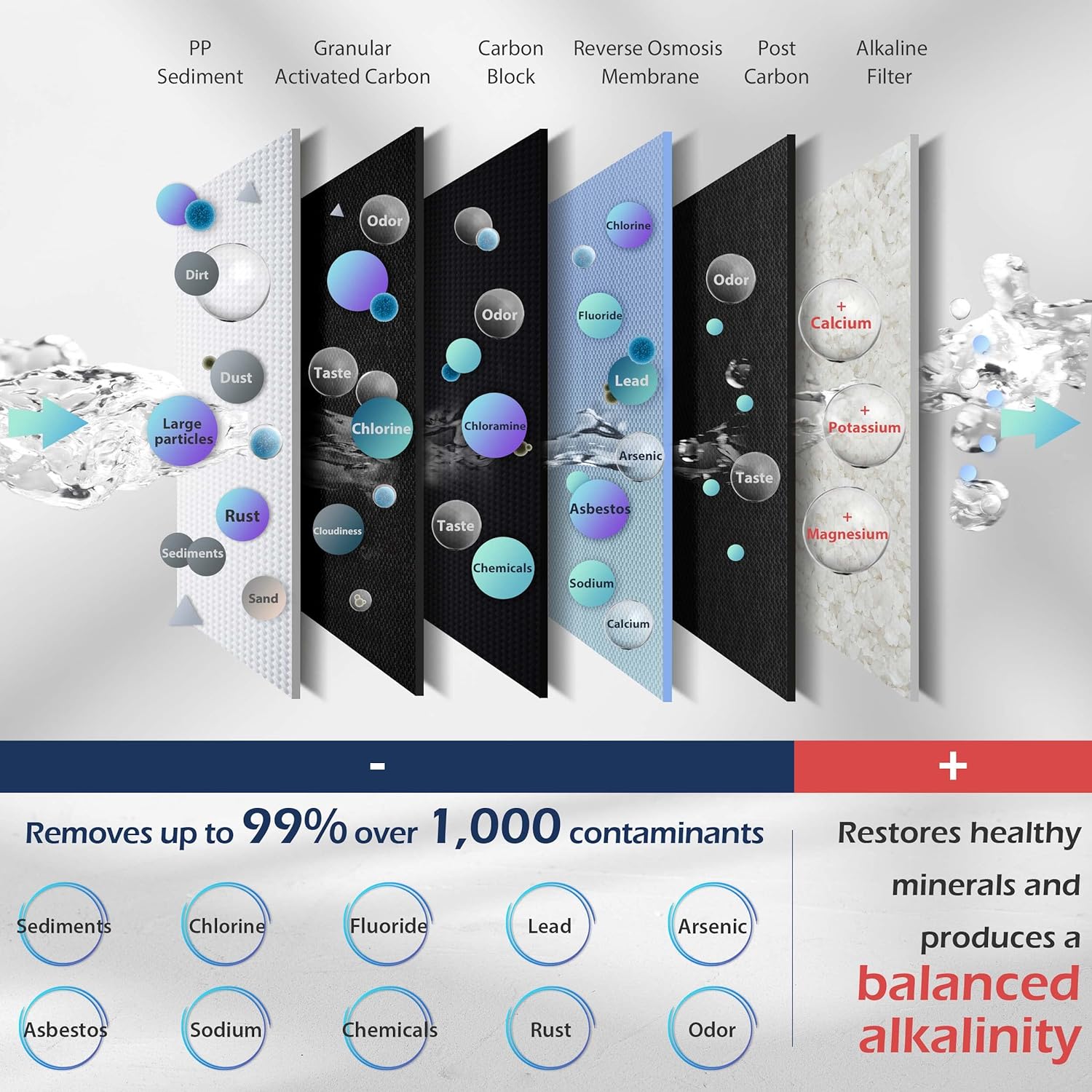
4. How should one select the flow rate?
Flow rate (unit: G) directly determines water output efficiency:
400G-600G: Suitable for daily water needs of a 3-4 person household
800G+: Ideal for larger households or high-frequency usage scenarios (e.g., soup preparation, tea brewing). A 1000G model fills a 200ml cup in just 3-4 seconds, greatly enhancing user experience.
5. Is the water-waste ratio important?
For RO reverse osmosis models, the water-waste ratio is a key indicator of water-saving performance. Early products had ratios as low as 1:1, while newer models have surpassed 3:1. Prioritise products meeting Grade 1 water efficiency standards to align with environmental principles and reduce long-term water costs.
6. Are smart features necessary?
Smart filter life monitoring: View real-time filter status via display or mobile app, with automatic expiry alerts eliminating water quality risks from forgotten replacements. Automatic leak protection: Built-in sensors instantly detect leaks, simultaneously shutting off water supply and power – ideal for unattended settings. Real-time water quality monitoring: Premium models display TDS values live, providing visual purification effectiveness and an extra safeguard for drinking water safety.
7. What about brand reputation and after-sales service?
Brand selection criteria: Technical credentials: Prioritise international certifications such as NSF and WQA, alongside China's Water-related Products Sanitary Permit.
Service framework: Verify warranty duration (1-3 years recommended), complimentary installation, and 24-hour after-sales response mechanisms.
Selecting a water purifier requires a bespoke approach. Only by comprehensively evaluating water quality characteristics, usage requirements, and economic considerations can one identify a premium product truly suited to household needs. Should any uncertainties remain regarding selection, feel free to leave your queries in the comments section.
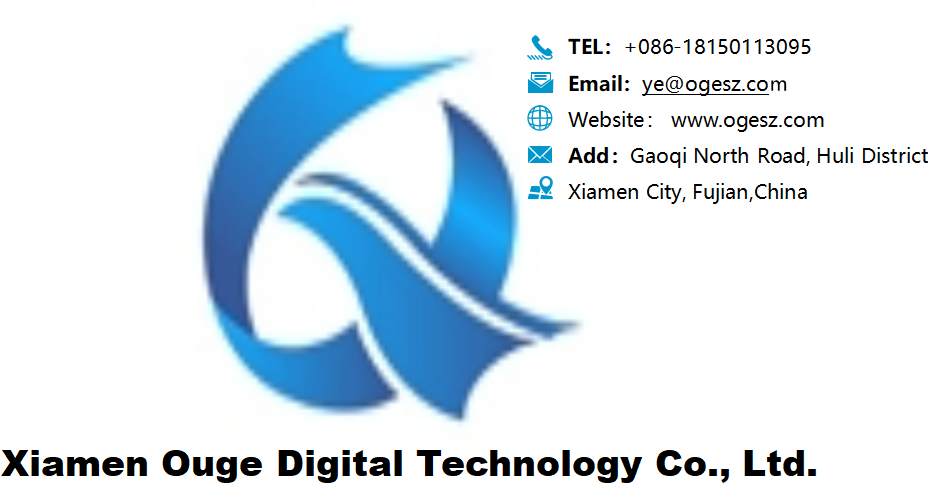
 Reverse Osmosis Technology for Wastewater Treatment: Understanding How RO Systems Operate
Reverse Osmosis Technology for Wastewater Treatment: Understanding How RO Systems Operate
 The “Magic” of Turning Seawater into Freshwater: Unveiling the Core Secrets of Reverse Osmosis Technology
The “Magic” of Turning Seawater into Freshwater: Unveiling the Core Secrets of Reverse Osmosis Technology
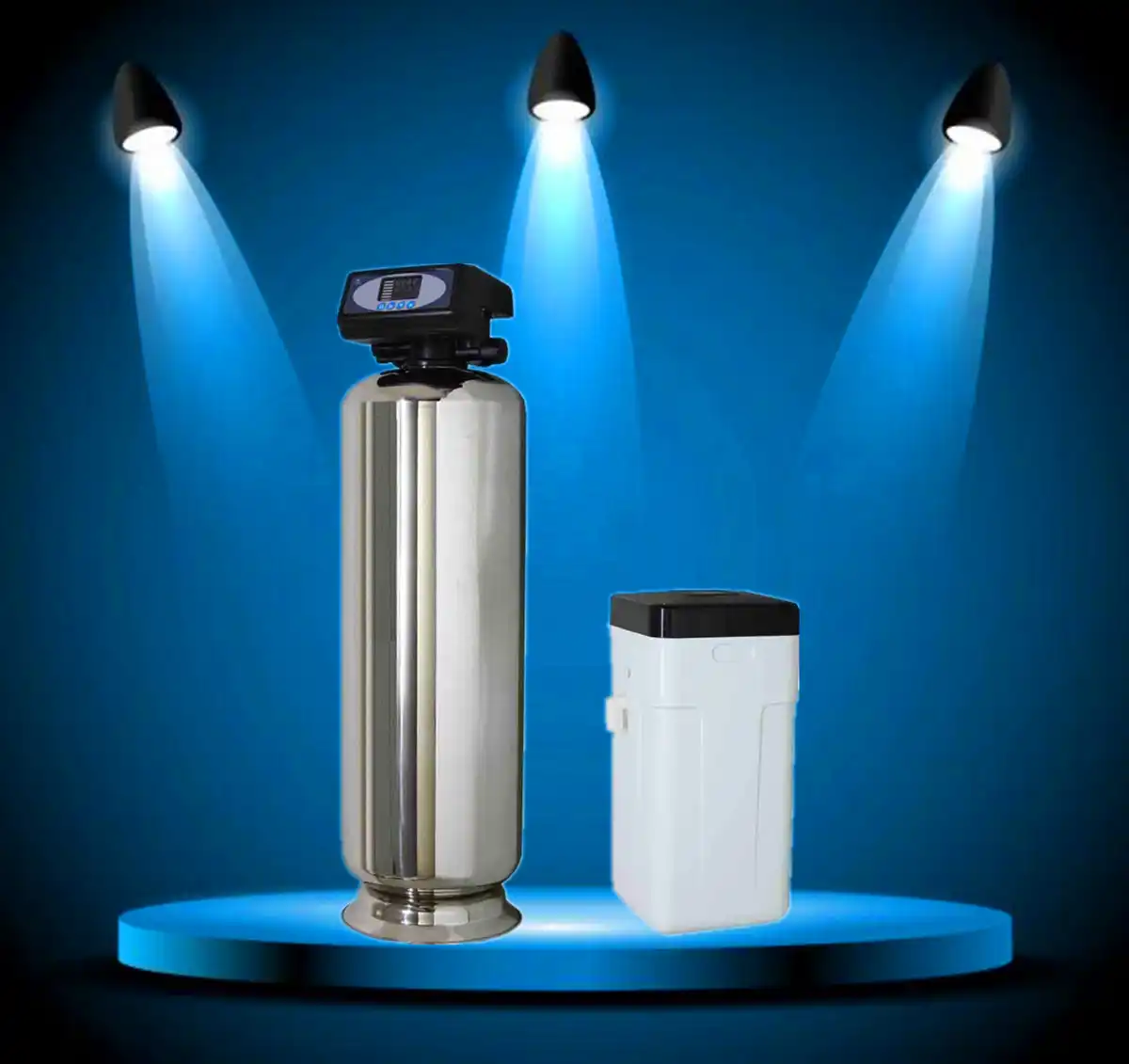 How to Choose Reliable Central Water Filtration and Water Softening Systems? Most People Get It Wrong!
How to Choose Reliable Central Water Filtration and Water Softening Systems? Most People Get It Wrong!
 In rural areas, where groundwater from wells is the primary water source, is it truly necessary to install water purification equipment?
In rural areas, where groundwater from wells is the primary water source, is it truly necessary to install water purification equipment?